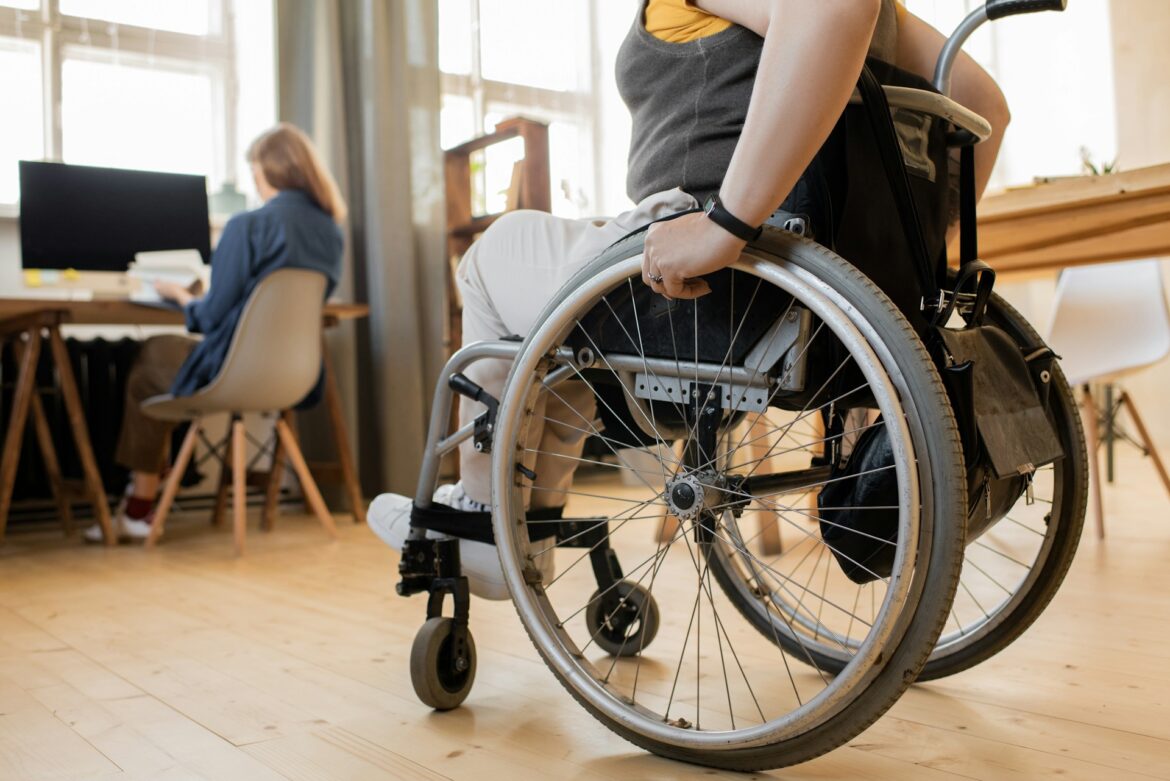Alberta has released an updated Accessibility Design Guide aimed at improving access to public spaces and private residences for all citizens, including those living with disabilities. The guide, which aligns with the provincial building code, is intended to make buildings safer and more accessible, marking the first update since 2017.
The new guide includes significant changes that reflect advancements over the past seven years in building standards and best practices. It addresses key areas such as mobility, safety, and inclusion for people with physical, sensory, cognitive, and communication disabilities. Among the new features outlined in the guide are requirements for power doors on all entryways and washrooms, accessible parking pathways, and tactile indicators on curb ramps.
Ric McIver, Alberta’s Minister of Municipal Affairs, emphasized the importance of removing barriers to ensure all Albertans have equal access to public spaces. “It is crucial that we eliminate barriers to accessibility so all Albertans can access public spaces with ease,” McIver said. “The updated Accessibility Design Guide is a step in the right direction and will help to improve safety and quality of life for people with sensory, cognitive, communication, and physical disabilities,” he added.
The Accessibility Design Guide also recommends best practices that go beyond the minimum standards of the Alberta Building Code, with input from the Accessibility Sub-Council of the province’s Safety Codes Council. The Sub-Council includes representatives from disability advocacy groups, as well as building and architecture organizations.
Jason Nixon, Minister of Seniors, Community and Social Services, reiterated the government’s commitment to improving inclusivity. “Our government is dedicated to reducing barriers for people living with disabilities and making Alberta a more inclusive place to live, work, and play,” Nixon said. “This update to the barrier-free design guide is another example of how we’re helping to make our province more accessible for all Albertans.”
In addition to improved building requirements, the guide also introduces new features, such as companion seating adjacent to wheelchair seating and visual alarms in sleep areas, aimed at enhancing both safety and comfort.
Alberta’s Advocate for Persons with Disabilities, Greg McMeekin, welcomed the new changes, underscoring their importance for full participation in public life. “The removal of barriers is of vital importance,” McMeekin said. “The updated Accessibility Design Guide will improve accessibility for all Albertans so they can easily access public spaces and fully participate in our province.”
The updated guide is in effect as of May 1, 2024, alongside the latest edition of the Alberta Building Code. It is available for use by both the public and the construction industry to ensure compliance with accessibility requirements and promote safer, more inclusive communities across the province.





